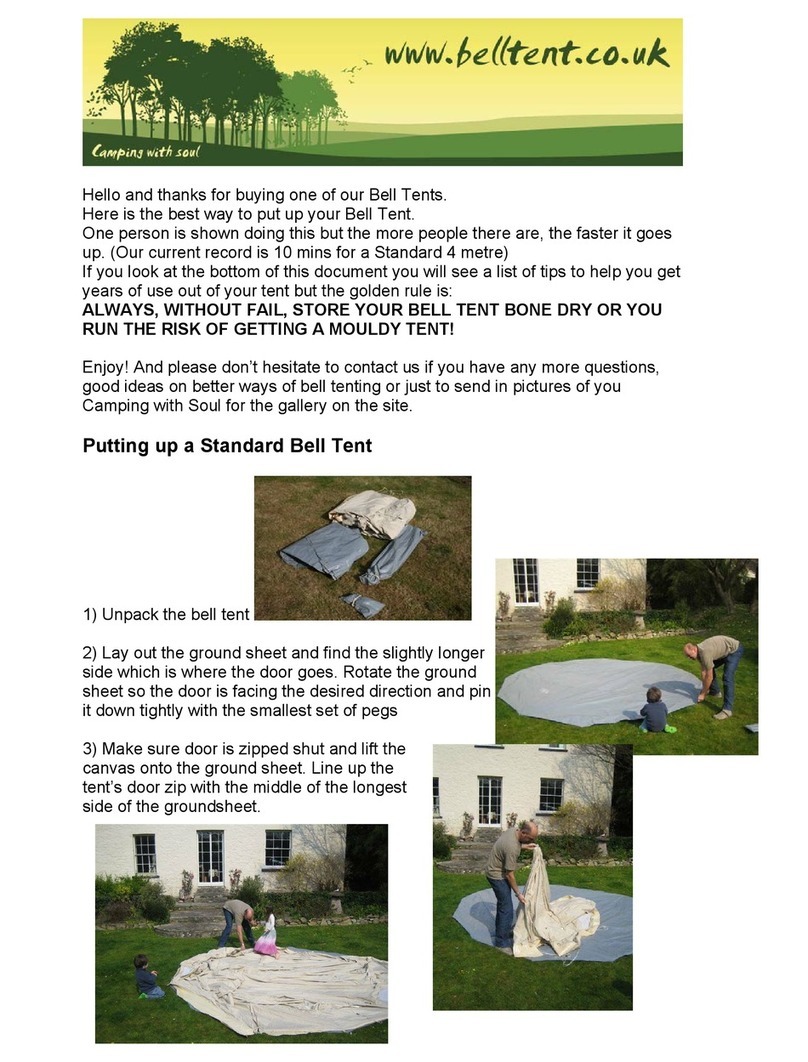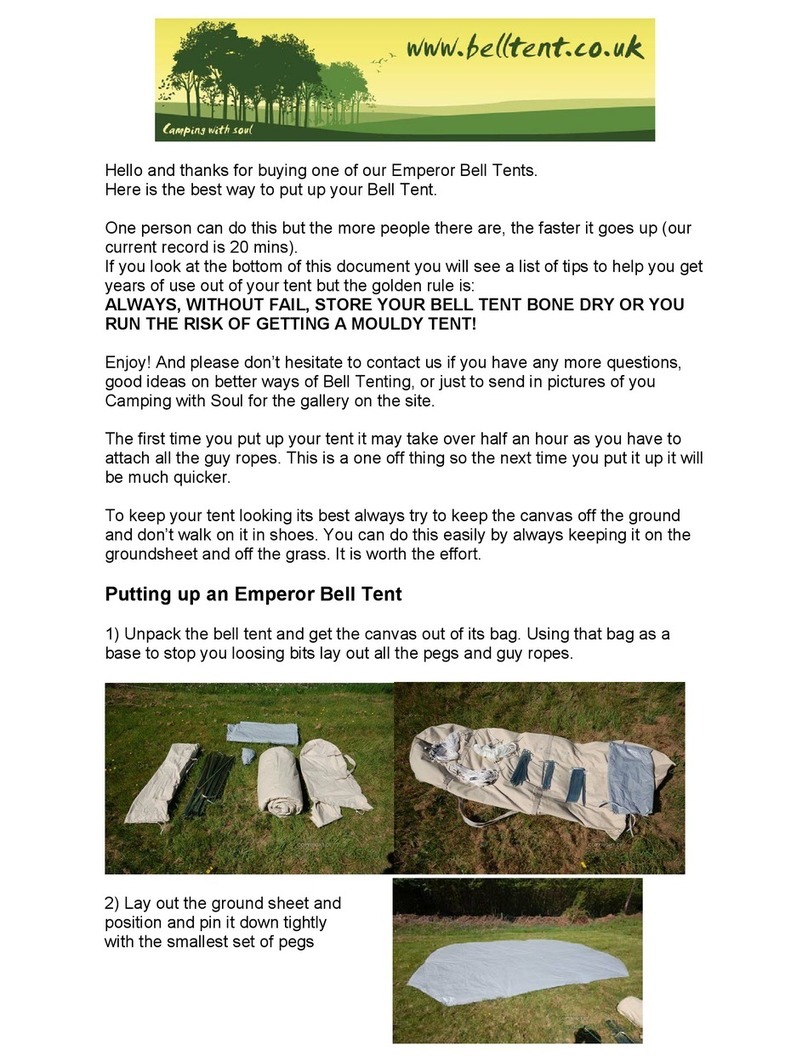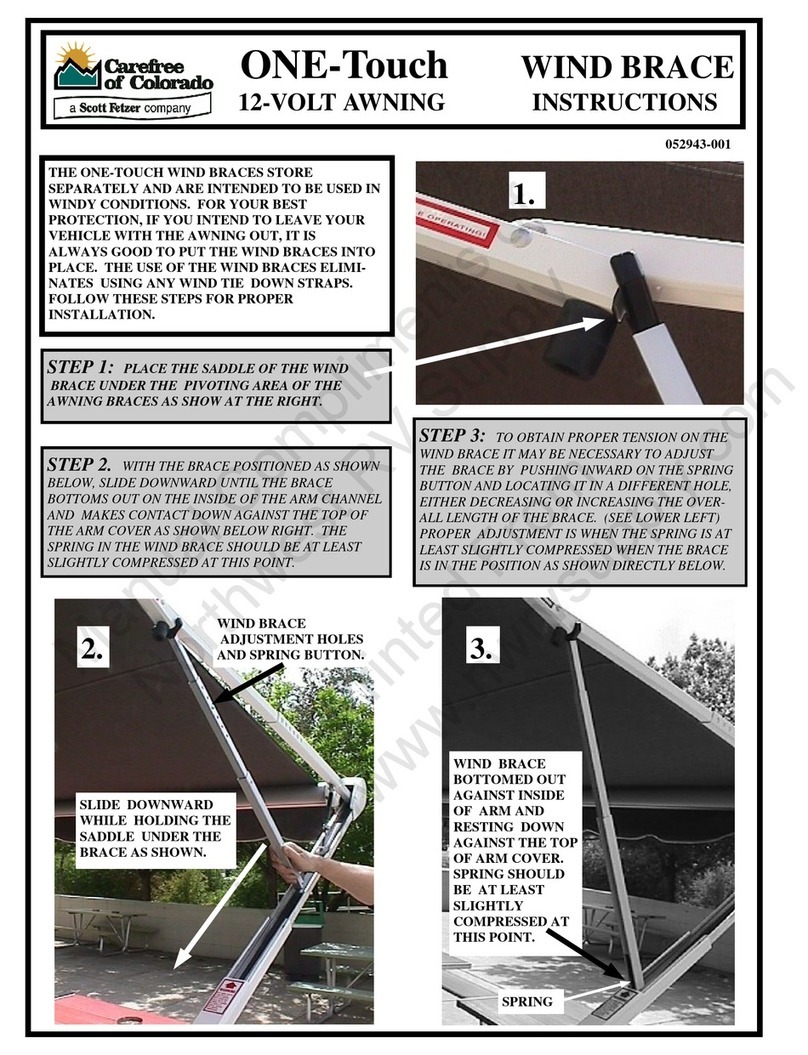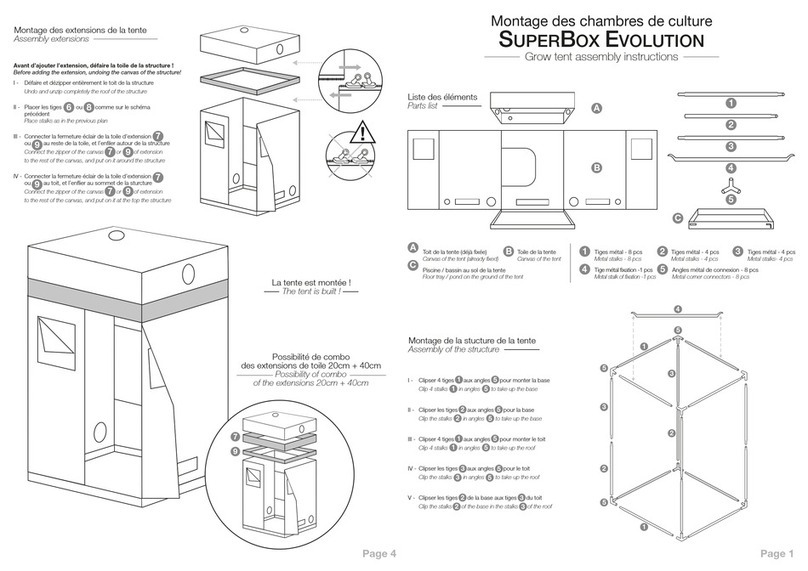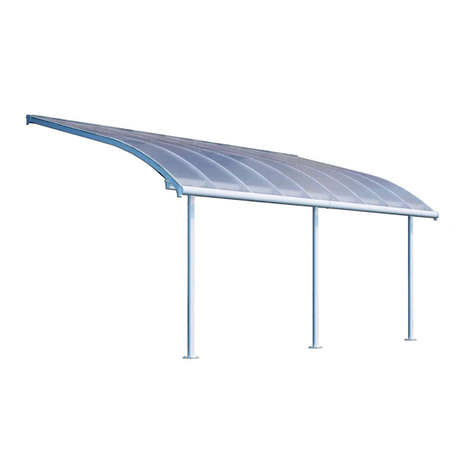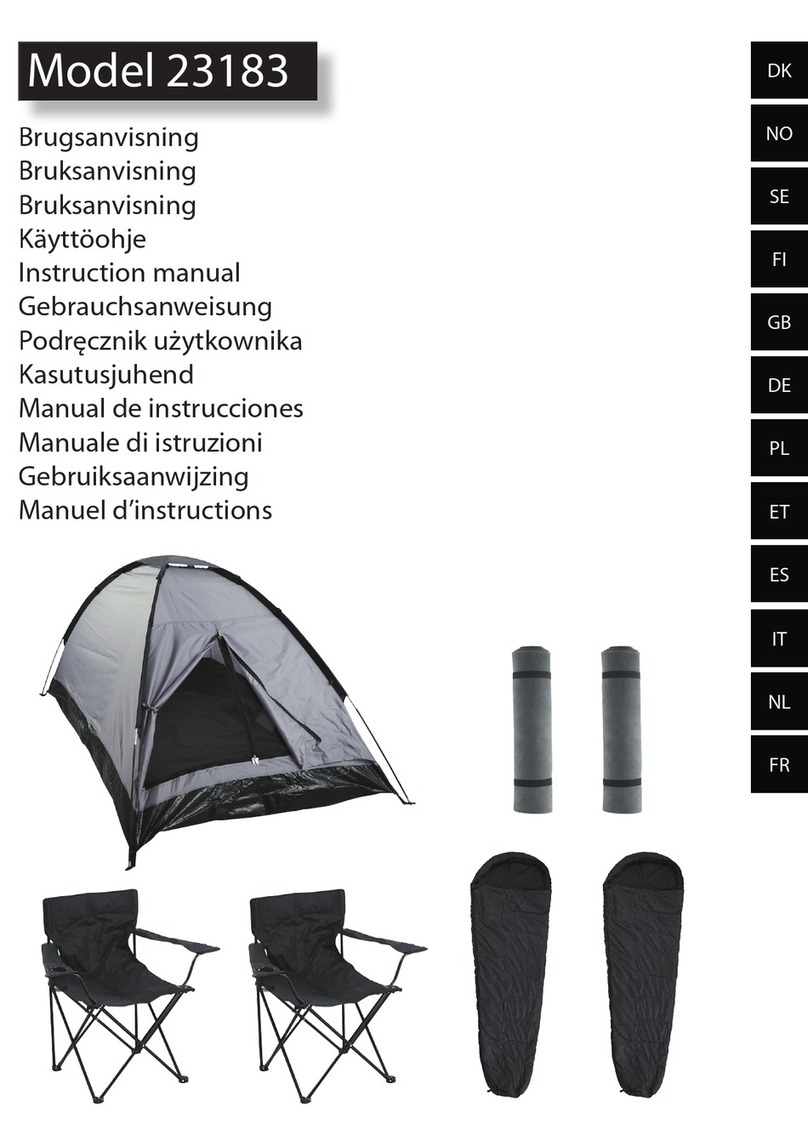Bell Tent Deluxe User manual

Hello, and thanks for buying one of our Bell Tents.
Here is the best way to put up your Bell Tent.
One person is shown doing this but the more people there are, the faster it goes
up (our current record is 10 mins for a Standard 4 metre and 8 for a Deluxe or
Ultimate).
If you look at the bottom of this document you will see a list of tips to help you get
years of use out of your tent, but the golden rule is:
ALWAYS, WITHOUT FAIL, STORE YOUR BELL TENT BONE DRY OR YOU
RUN THE RISK OF GETTING A MOULDY TENT!
Enjoy! And please don’t hesitate to contact us if you have any more questions,
good ideas on better ways of Bell Tenting, or just to send in pictures of you
Camping with Soul for the gallery on the site.
Putting up a Deluxe Bell Tent
1) Unpack the bell tent and lay out on the ground with the groundsheet down.
Find the door and rotate the tent so it’s facing the desired direction
2) Take the small pegs and, pulling the groundsheet tight, peg it out.
3) Take the main straight pole through the door, find the centre of the cone
and push the pole and tent up until it’s vertical.
4) Put the A frame together and place inside the door - it’s easier to get it
through the door if you complete putting it together once inside. Put the

spike through the hole as the top of the door and fit the feet into their
holding pockets.
5) Zip the door shut and, using the large pegs, attach the first guy rope
above the door. Then do the guy ropes around the whole tent without
putting any of them under too much tension.
N.B. All the guy ropes need to follow the lines of the seams in the roof.
Adjust the guy rope slider so you have approx 50cm of loop to the peg.
This allows adjustment in both directions.
It is important to make sure the Bell Tent stays symmetrical and that the
tension is evenly spread.
8) Once all the pegs are in, adjust the guy ropes to create the desired tension.
By doing it this way and following the
seam lines your Bell Tent will look like
this: perfect and without creases.
TIP: If the door seems too tight move
the two guy ropes either side of the
door in towards the middle of the door
to relieve some tension.
There you go -
job done!!!

Don’t forget to deck it out with your personal touches and then, you are Camping
with Soul……………………….. enjoy! xx
How to pack up a Bell Tent & get it back into its bag:
Below are some tips on packing up your Bell Tent after use.
As stated all over the set up instructions it is VITAL that your tent is stored bone dry
otherwise it will get attacked by mould. Its fine taking it down damp, however, you MUST
ensure you hang it up to dry within 24 hours. You don’t have to set the tent up again, just
hang it on a washing line, over a car or over some chairs - basically it just needs some
air.
This is how to get your tent back in the bag without
hassle:
1. Take all the poles and pegs out of the tent
whilst keeping the canvas off the grass - this
helps keep your tent clean and grass stain free.
Without standing on the canvas, fold half of the
tent over so you have a half moon with the
groundsheet facing up
2. Let that half of the groundsheet dry out and you might want to wipe off any mud
or worm casks. If it’s not a dry day you’ll need to dry the tent out when you get
home. The idea is that you always have canvas touching canvas and
groundsheet touching groundsheet, so even if the tent is wet you avoid stains.
Once the condensation has dried off you need to flick the half moon over so the
other half of the groundsheet can also dry out.
(We find it’s a good idea to move the tent off its original spot to avoid putting the
condensation back onto the first half)
3. Once the whole tent is dry, you now need to
fold the half moon over on itself again and
again so you end up with a strip the width
of the tent bag. The best way to do this to
put the bag at the top of the bag and use
it as a template to get the right width.

4. Now fold the strip in half and place the pole bag and peg bag at one end. Roll the
whole thing into a tight bundle using the ties to secure the tent as a roll. Next, lift
one end and slip the bag over the tent.
Bingo, you’ve done it!
Enjoy your bell tent and remember please only store it bone dry.
Many thanks and feel free to call us if you get stuck.
Other info:
Cotton shrinks when wet, making itself waterproof when it rains.
The first time your tent gets wet it may leak a little, don’t worry THIS IS TOTALLY
NORMAL!!
Once it dries out for the first time that shrinkage closes up any little holes to
ensure it won’t happen again.
The canvas has been impregnated to protect it from dirt, ultraviolet radiation and
fungus. This makes it mould-resistant but not mould-proof.
If the canvas remains damp, in a place where mould can grow, eventually mould
will grow. If you put your tent up in a damp corner of the garden, next to a hedge,
or under a tree long term it will eventually get mouldy (as would a car or anything
left there).
Therefore it’s worth considering the right spot that has some ventilation, as mould
is not covered by the manufacturer’s warranty.
Advantages of a cotton canvas tent:
- Strong
- Breathing and humidity-regulating
Disadvantages of a cotton canvas tent:
- Dries slowly
- Sensitive for dirt and fungus
Maintenance:
•The cotton must be bone dry before storing the tent.
•Never keep the tent stored away wet for longer than two days, otherwise
fungus can affect the canvas which will then create permanent little black
dots.

•The canvas has been impregnated with anti-fungi and made waterproof
that is effective for up to 60 weeks of use (so a year). Once used past this
period of camping you may need to re-proof certain areas that appear
more translucent. Please contact us if this is the case as we also sell re-
proofer.
•Maintenance starts when setting up your Bell Tent. If a Bell Tent has not
been set up correctly, uneven forces will pull on the canvas, which could
eventually lead to damage. To ensure your tent stays set up correctly daily
guy rope maintenance is necessary.
•It is in your interest to keep the canvas as clean as possible and remove
stains when created. Dust and dried mud is best removed once the
canvas is dry by brushing with a clean, hard brush like a floor scrubbing
brush.
Lifespan:
The lifespan of your tent is very dependent upon camping conditions - air
pollution, ultraviolet radiation, natural dirt (bird droppings, sand, salt water) and
domestic dirt (cooking stains, soda, wine, sun cream) as these all limit the
lifespan of your cotton canvas tent.
The canvas or your tent should be good for over 60 weeks of outdoor usage if
cared for correctly.
Zippers:
Zippers sometimes have to endure extreme tension caused by wind, incorrect
tent set ups or pressures caused by people or objects leaning into the tent.
In order to limit damage to any zippers:
- Close all zippers before setting up your tent.
- Handle them with care.
- To protect the zippers, treat them with silicones once in a while.
- Verify zippers before setting up your tent as there is no insurance on them after
use.
Fungus and stains:
With insufficient ventilations, fungus can affect the canvas. It is important to store
your tent dry so no fungus or other stains can appear. If you have to store the
tent wet temporarily, be sure to remove the mud and dirt from the bottom of the
tent put your tent back out to dry within 48 hours.
In order to limit fungus and stains on your tent:
- Store your tent 100% dry.
- When dealing with fungus, use a soft brush or sponge and a lot of fresh water. -
- Only use specialised tent cleaning product to remove difficult stains. Other
chemical products can cause the cotton to leak. We suggest you have your tent
re-impregnated with waterproofer on any area has been cleaned using a cleaning
product.
Leaking:
Cotton can, when new, let some air through and leak around the seams. After the
canvas has been wet once this will no longer happen because of the cotton
expanding. Very light stains can appear on a wet tent, however these stains
cause no problems.
In order to preserve your tent’s water resistance and prolong its lifespan after a
considerable amount of use, the outside of the canvas can be re-treated with a

sealant. There are many good spay can sealants on the market, and, as
mentioned, we also sell re-proofer.
History of Bell Tents
The Bell Tent is a type of tent with walls (about 60cm high) which are held up by
a single central pole (up to 3 metres high). It has a circular floor plan up to 5
metres across. Guy ropes were connected every 60cm around the top of the
walls - these had to be carefully tensioned to hold the pole upright and keep the
tent in shape. Original Bell Tents had no porches but A frames were added later
to create a vertical door that is more resistant to letting in the rain.
The Bell Tent was invented by Henry Hopkins Sibley, who had studied the Tipi
tent during the expeditions he carried out in the Old West. He patented his tent
design in 1858. In accordance in an agreement with the Department of War, he
would have received five dollars for every tent they made, however Sibley joined
the Confederate States Army after the outbreak of the American Civil War and
did not receive the royalty. The Federal Army used almost 44,000 Bell Tents
during the war. After Sibley's death, his relatives attempted unsuccessfully to
collect the royalties.
We have taken the classic Bell Tent design and brought it up to date using
modern materials and proofing meaning it’s no longer necessary to hump around
a heavy old tent that leaks if you touch it in the rain. We are constantly updating
our tents with developments like the Ultimate, and are always happy to listen to
people’s ideas on how improve things.
We hope you have many seasons of enjoyment from your tent, and hope to see
you in a field soon.
Enjoy!!
www.belltent.co.uk [email protected] +447830 355 993
Copyright © 2007 Bell Tent UK
This manual suits for next models
2
Table of contents
Other Bell Tent Tent manuals
Popular Tent manuals by other brands
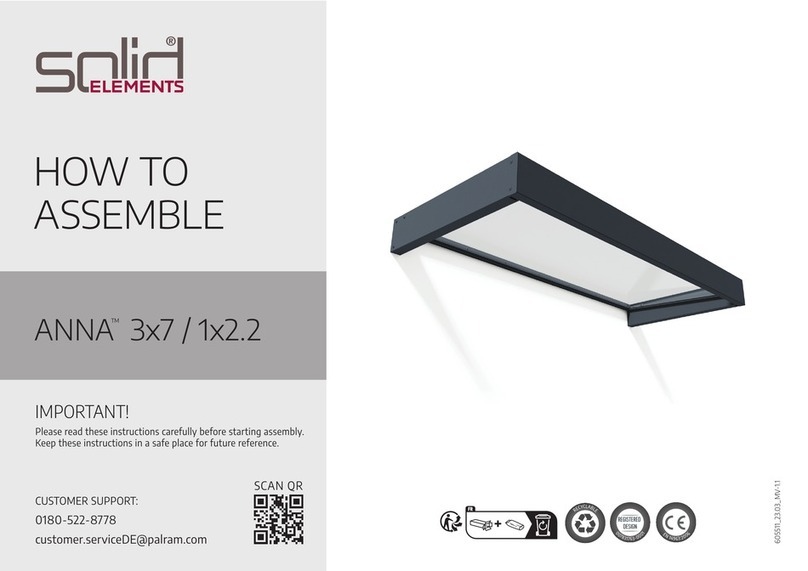
Palram
Palram solid ANNA 3x7/1x2.2 How to assemble

COVERPRO
COVERPRO 63297 Owner's manual & safety instructions
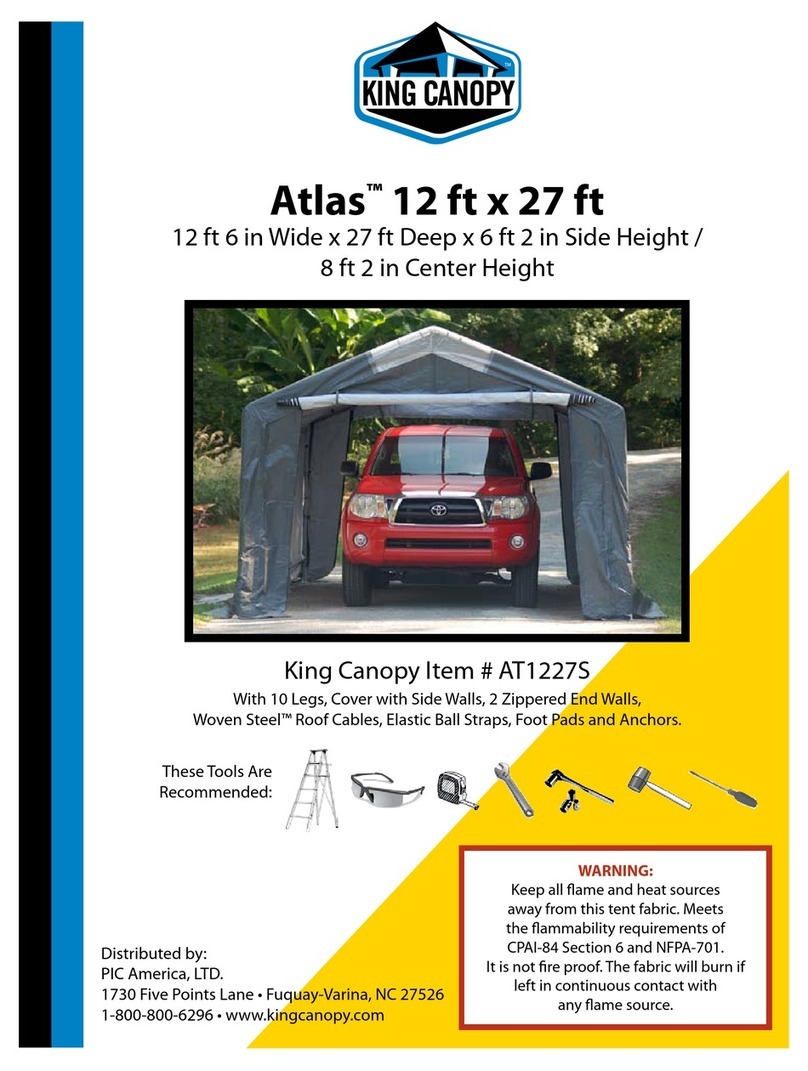
KING CANOPY
KING CANOPY Atlas AT1227S Assembly instructions

ELC
ELC Princess Castle instructions
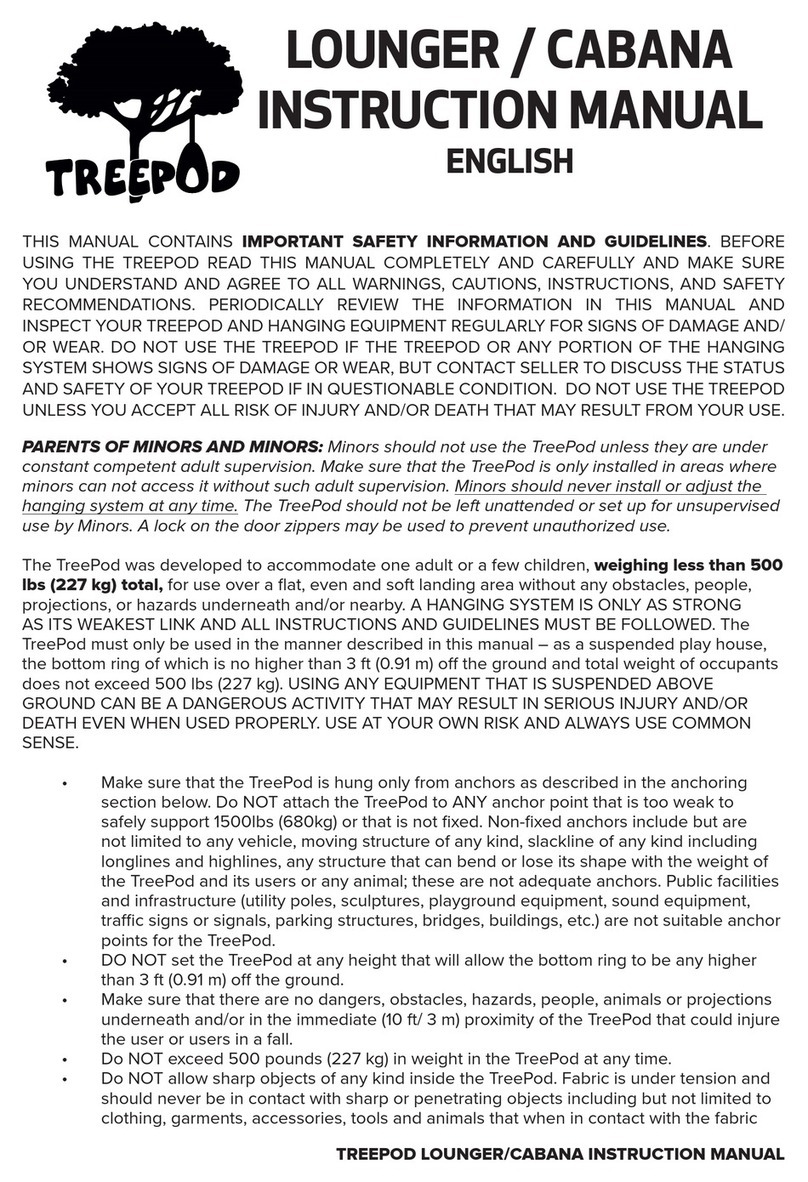
TREEPOD
TREEPOD Lounger instruction manual

ARB Touring
ARB Touring ESPERANCE ANNEXE 804200 FITTING INSTRUCTION
